by TeAnna, Exhibits Intern
Ladies, think back to your closet. Maybe you have a form-fitting pencil skirt tucked away or that simple jean jacket hung up, waiting to be accessorized with the perfect outfit. Now think about the time period when those first became the popular style. It wasn’t 21st century, was it? Thanks to famous actresses and pin-up models, such as Marilyn Monroe, the pencil skirt was found in almost every fashionable lady’s wardrobe. And who could forget the influence the jean jacket had in the 1980s-1990s? As a child, I remember my mother and I have matching jean jackets. They were stiff, but we wore them with everything. Despite the fact that it has been decades since these articles of clothing truly dominated the fashion world, they are still being sold in stores today and regaining popularity. Why? Because the everyday fashion of the 21st century trends towards being “retro.”
When I was in middle school, I remember the first time I told my mom I wanted to buy leg warmers (the style was to wear them with a jean mini skirt and flip flops). My mom’s reaction was a mix of both laughter and a little bit of shock. She couldn’t understand why leg warmers, a fashion icon from the early 1980’s, were becoming so stylish among middle school girls born in the early 1990’s. Needless to stay, the 20th century leg warmer style didn’t stay around too long, or at least not in Oregon. Let’s face it, wearing flip flops with leg warmers in typical Oregon weather isn’t the most practical idea.
Men, I would like to say the same “retro” problem occurs among suit style (I specifically choose suits, as this is the majority of men’s fashion found in the WHC’s clothing collection). But I cannot attest to this. I have friends who could walk me step by step through the decades of suit fashion history, however, men’s suit fashion it is not my strong suit (get it??).
However, this “retro” trend poses a difficult question when trying to determine the time period of an article of clothing. Is it a modern replica, or is it actually from it’s original time frame? A month or two ago, I went to an antique store that was having a huge sidewalk sale with all different kind of vendors. I love antique stores and antique items (especially clothing), therefore I had to stop. Among one of the vendors, I found decades-old sewing patterns that were in great condition and, luckily, my size. Thanks to the creation of sewing patterns from brands like McCalls and Simplicity, it doesn’t take much to find old patterns, like the ones I found, and create the clothing item themselves so they can have their own replica of the item. But what happens when their replica gets mixed into similar clothing that was made in it’s original time period. How do you tell which one is authentic? Or does it even matter? Does the article of clothing on display actually need to have been made during it’s supposed time period? Personally, I think it does, but that’s because I am a big fan of authenticity.
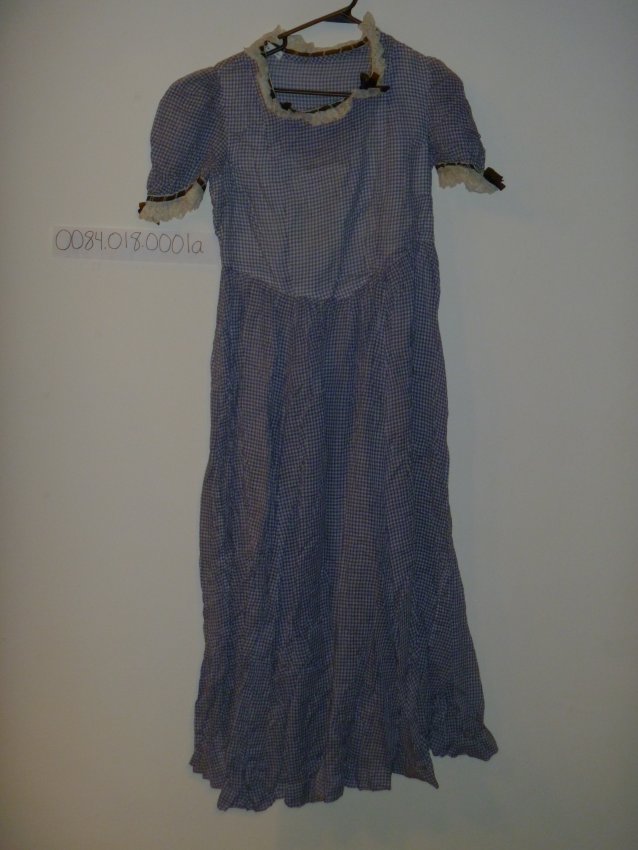
WHC 84.18.1. Dress used for Centennial Pageant or Celebration.
This same issue can be had with costumes. Costumes, “an outfit worn to create the appearance characteristic of a particular period, person, place, or thing” (Merriam-webster.com), can be incredibly misleading in determining the actual period in which they were created. Take this dress on the left. Is it from the pioneer times of the 19th century, or is it a costume from some time later?
According to the museum’s records, this dress was used in a celebration of an anniversary of the Oregon Trail, created to look like a dress a pioneer girl or woman would wear. Aside from the great condition this dress is in (compared to if it was from 1840s or 1850s), can you see how difficult it would be to determine this dress’ age without the records? Even if we knew this dress was a costume, how could we tell when this dress was made? What about this dress could we use to narrow down when it’s year of origin?



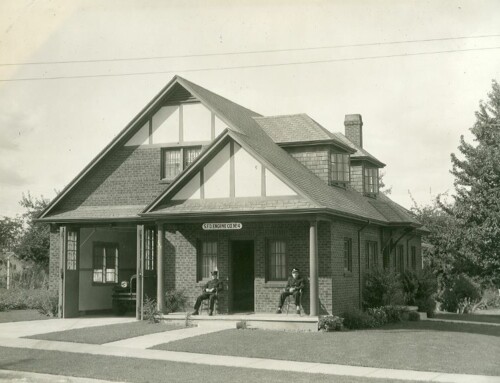
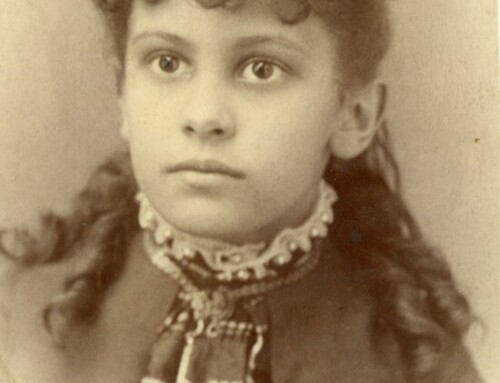
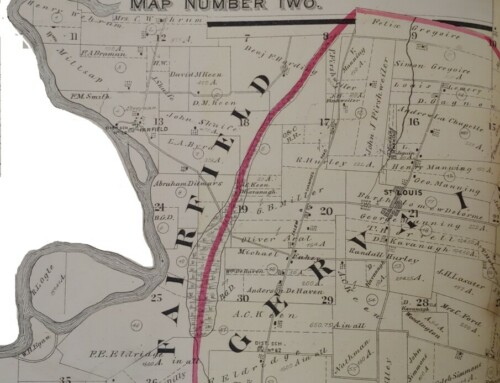
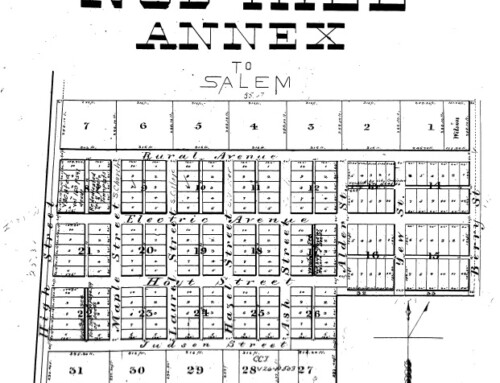
Wow – these are interesting problems to consider. Hopefully research will be able to provide some answers! This is somewhat like sorting out Roman copies from Greek originals…